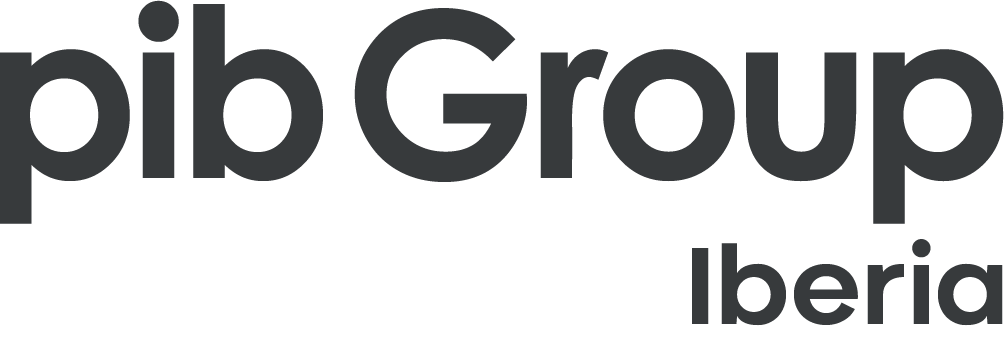On a day-to-day basis, we meet many clients who, upon reaching retirement, tell us that they wish they had taken care of this issue earlier. Today we will see when it is advisable to start and how to choose the product that may be of most interest to us.
The sooner we save, the better for retirement
The financial planning of our retirement cannot be left for when we are 55-60 years old, because we will not be able to generate enough profitability to live on it in the future, and even more, knowing that public pensions go up by 0.25% annually, and probably with the reforms that are about to come, they will not exactly improve. We should think about saving as soon as possible, even in small amounts.
For example: €200 that we save today, in 30 years at 4% annual interest, is approximately €650. That is: what we put now in our savings insurance, whether it is a PIAS, a pension plan, etc., triples in 30 years. This is possible thanks to the fact that the profitability of the first year accumulates, and the following year the yield generated causes there to be more interest.
This is known as compound interest, the famous “snowball” effect. “snowball effectinterest drags more interest.

However, you have to be well advised not to make a mistake in the way you do it. Not all existing products should be offered to everyone (we think so, we have learned the hard way). Here is an example.
Risk profile and time horizon
It is necessary to be clear about the so-called “risk profile ” risk profileof the client, in order to avoid that a person takes more risk with his money than he really wants. That is why we must be careful with year-end campaigns in pension plans.
Similarly, the “time horizon of our savings or investment, which is the time in which we will either want to recover our investment or we are required to maintain the product without redeeming it, is a very important issue to evaluate.
Let us take an example: a young couple, with an average income, should probably not subscribe to a pension plan, because they will lose the availability of that money, for at least 10 years, and in the event of any unforeseen event or desire to buy a car, a house, etc., they will need that money. That is why it is totally incoherent that when asking for a mortgage we are required to subscribe a pension plan to improve the interest rate…
We are at your disposal to tell you what is, depending on your family and professional circumstances, the best savings option. Whether it is a guaranteed return product, without risk, or another with mixed and variable income options. In this post we explained how savings insurance is a very good way of channeling these savings.
The difference between savings and investment
Not only that, but we also believe it is important to differentiate between what is considered savings and investment:
- Savings: periodic contributions to a future savings product, in which the contributions are capitalized and generate interest. What would be a pension plan, PIAS, SIALP, or savings plan, basically.
- Investment: when there is already an accumulated capital, decide what to do with that money. Investment funds, unit-linked products, deposits are examples of investments.
At the same time, it is important to know that, in non-guaranteed products, it is better (to avoid assuming greater risks) not to contribute all that money at once.
Why? Very simple: if you contribute, for example, 50,000 € in an investment fund and you have just chosen a period in which its assets are very appreciated, that investment can probably only go down, obtaining losses; on the other hand, if you contribute 25,000 € now, and 25,000 € in 6 months, you avoid accumulating the risk at a certain moment. With periodic contributions, we completely avoid the so-called “entry risk”.
If you want to get good advice, contact us. With more than 20 insurance companies and a huge diversity of products, we will find the one that best suits your needs. Whether it’s a pension plan or one of the most liquid savings products.




